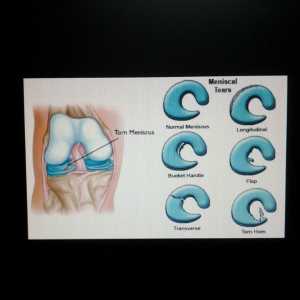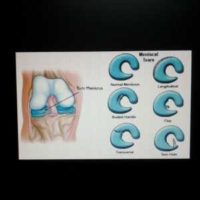Accidents & Violence, Author Interviews, JAMA / 22.02.2024
Wear Your Helmet! Electric Bikes Linked to Dramatic Increase in Injuries and Hospitalizations
MedicalResearch.com Interview with:
Benjamin N. Breyer, MD, MAS
Department of Urology
Department of Epidemiology and Biostatistics
University of California, San Francisco
Adrian M. Fernandez, MD
Department of Urology
University of California, San Francisco
MedicalResearch.com: What is the background for this study?
Response: This is a cross-sectional study utilizing data from the National Electronic Injury Surveillance System (NEISS) to identify injuries and hospitalizations related to electric bicycles accidents in the United States from 2017-2022. The NEISS database collates injury data associated with products, including electric bicycles, and samples a nationally representative selection of emergency departments. National estimates of e-bicycle injuries and hospitalizations were derived using estimates accounting for NEISS complex survey design.
(more…)
















